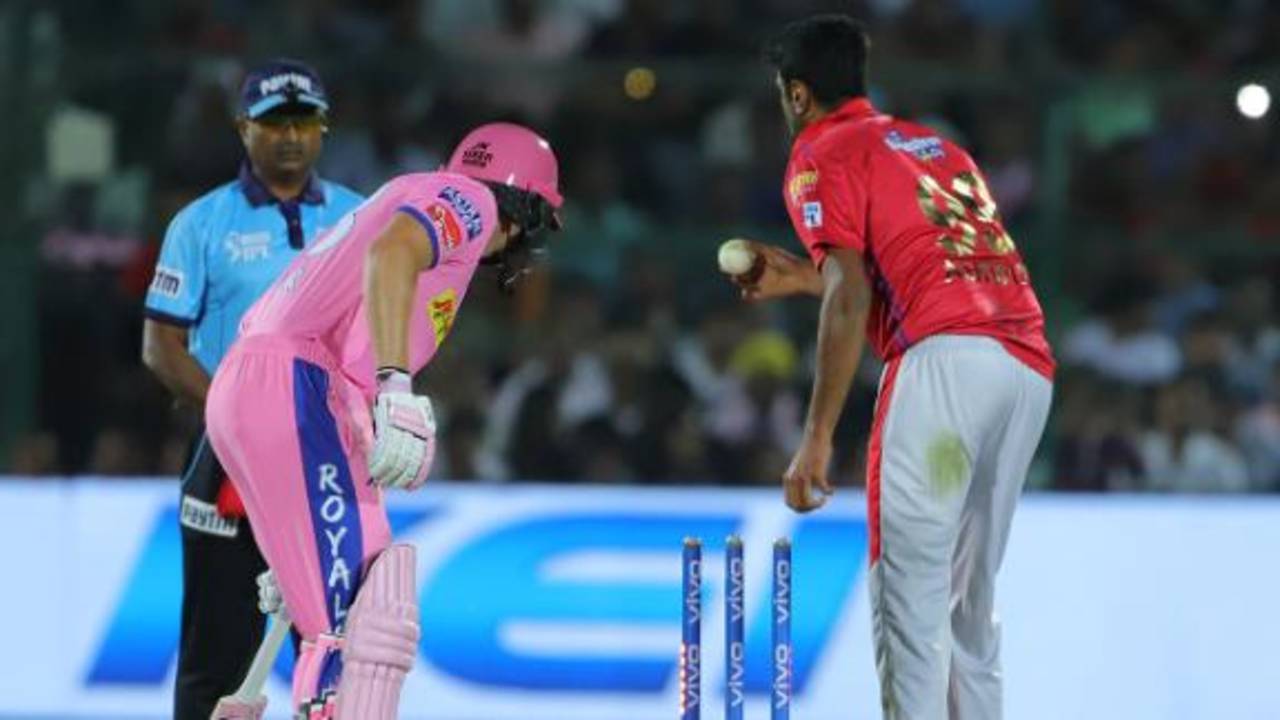In most mankad situations the batsman is trying to take advantage - cheating, if you will - and yet the bowler, who is abiding by the law, is vilified. For any batsman who gains a start before the ball is delivered, the advantage is enormous in the short forms of the game; it can also help in the longer versions. Recall the famous Allan Border-Jeff Thomson partnership
at the MCG in 1982-83, where the pair
took Australia to within three runs of victory after trailing by 74 when the ninth wicket fell. If Thomson, with his above average speed, cheats by a metre on a delivery, he can easily get back for two and help Border retain the strike. This is a huge advantage in a partnership where the batting ability is lopsidedly in favour of one player. The gaining of bonus runs can be especially crucial in a tightly contested short-form game.
So if the batsman is cheating to gain a distinct advantage, how come the bowler is castigated when he reacts to stop the tactic? According to an MCC boffin, in the case of Ashwin v Buttler, the bowler's reaction
wasn't within the "spirit of cricket". Well, how come there's a law that sanctions the mankad?
And for those who say a batsman should be warned before he's mankaded: where does it say in the law that has to occur?
So the bowler is supposed to warn the guy who is cheating! Should the umpire warn a bowler before he calls him for throwing?
The MCC boffin then suggested the reason many modern batsmen don't watch the bowler's hand to ensure the ball has been delivered is because they are worried about being struck by a firmly hit straight drive. Rubbish. I always ensured the ball had left the bowler's hand before I ventured out of my crease, and I don't ever recall not seeing the delivery arrive at the other end. It's simple - if your bat doesn't leave the crease until the ball has left the bowler's hand then you'll never be mankaded.
And in watching the bowler's hand from only a couple of metres away, the batsman might also glean some information, about a slower delivery or a wrong'un, that will help when he's at the striker's end.
My brothers and I had the good fortune to have a father, Martin, who was pragmatic, with a good understanding of the game. He always preached: "Play hard but fair." When I was a youngster scoring for the team Martin captained, an opponent was given out handled the ball. On the drive home Martin asked me what I thought about the decision.
I replied that the young player was definitely out because he stopped the ball rolling onto his stumps with his hand. "Correct," replied Martin, "and I never expect you to be out that way." It seemed pretty clear to me that if I never touched the ball when I was batting, I would be able to follow that edict. Martin never mentioned it but I'm certain he would have been apoplectic if I was ever mankaded, and consequently I always watched the ball leave the bowler's hand before I ventured out of my crease.
It seems unfair that a very good cricketer like
Vinoo Mankad, who was only operating within the law when he ran out Bill Brown at the non-striker's end in 1947-48, should have
his name associated with what has become a controversial dismissal. It's time to leave Mankad out of the debate.
It's also time for batsmen to place a higher value on their wicket and remain in their crease until the ball leaves the bowler's hand. If that requires a few more run-outs to occur at the non-striker's end, then that won't be a bad thing.
